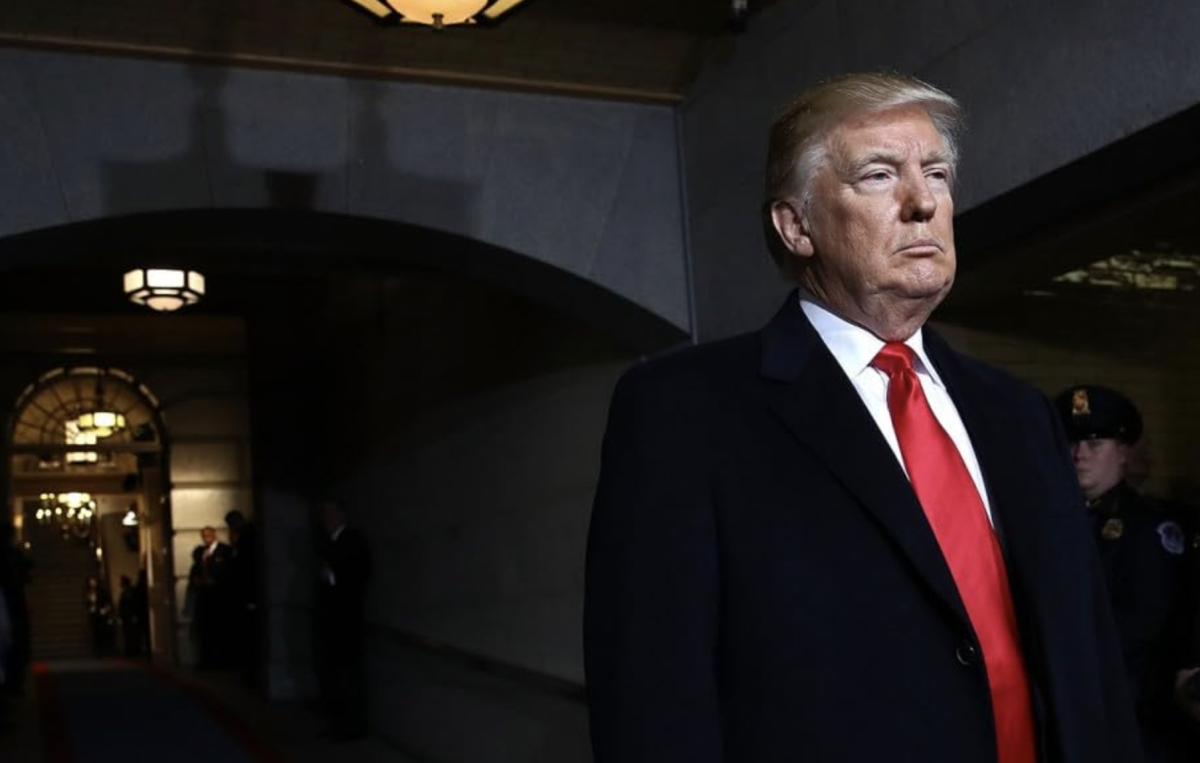
Many University of Massachusetts students might be aware that the cars and buses they take across campus everyday contribute to the carbon footprint of the University and the country at large. What they may not realize, though, is the large quantity of carbon emissions that the buildings emit from energy use, especially in densely populated areas, Fiona Cousins, a mechanical engineer, said during a lecture on green buildings yesterday.
“I think it is important to recognize that there is a carbon connection with energy,” said Cousins, a visiting lecturer who is also a principal at the engineering firm Arup, Inc. “A very big proportion of the carbon emissions over the course of the year in U.S. come from … the energy use in buildings.”
Cousins, the second speaker in UMass Green Building Committee’s six-part “Solving Old Problems with New Ideas” lecture series, came to talk to students about taking the general ideas of building sustainability into action. She displayed several graphs during her lecture to show where energy is being used across the United States. Approximately 31 percent of the energy showed in the graphs comes from buildings, the graphs show. When looking at a more densely populated urban area, such as New York City, the percentage of energy use in buildings rises to about 80 percent, according to the graphs.
Cousins also talked about several of the projects she has worked on throughout her career and reflected a bit on the evolution of sustainability during the lecture.
“[Here] is a building I actually got food poisoning in, but otherwise have fond memories of,” said Cousins as she introduced the cafeteria of the Joint Research Center Building in Ispra, Italy. She was called to work on it because it was performing poorly from an energy standpoint. According to Cousins, sustainability was still in the making at this time.
“In 1992, people really didn’t know how to do anything right,” said Cousins. “They hadn’t really tried it, they didn’t really know how it would work. The programs were terrible.”
Over the next several years, however, Cousins’ work on buildings in a variety of locations greatly increased her own understanding of sustainability, she said. She explained that she found that energy, as well as money, can be saved through the proper distribution of windows, the active cooling system, the construction process and even the shape of the building.
“There is never just one solution,” said Cousins. “Energy saving needs a little bit of everything, and it needs all of the participants involved in the project to prioritize it.”
One big problem, however, according to Cousins, is that people in the field of sustainable design and engineering are asking the wrong question when inquiring, “How much energy does it [the building] save?” Comfort, glare, heat capacity and several other factors are all influenced by a change in peak load and cannot be measured in terms of energy savings or a payback period.
“Understanding that it’s a 50 percent cut in something that happens for an hour or it’s something that makes a difference every hour in the total use of the building is a huge fundamental leap,” said Cousins.
Another problem, she said, is that those involved in the industry as well as the government don’t understand the difference between reducing energy and reducing carbon.
“The whole industry is confused about this,” said Cousins. “What is it we’re trying to do? Are we trying to reduce the energy, or are we trying to reduce the carbon?”
She explained that point further by reflecting upon an earlier project that she worked on that dealt with a facility that had solar panels on the roof.
“We didn’t change the amount of energy that the dishwashers needed to make hot water or to wash the dishes,” Cousins said of the project. “What we changed was how much that energy was going to cost, since we got it from the sun, and what carbon emissions associated with it were. And if you think about things that way, you realize that you actually get driven to completely different decisions depending on what you’re trying to reduce.”
Cousins, whose speech yesterday was titled “Energy in Buildings: An Engineer’s Perspective,” followed architect Michael Leblanc, who delivered the first speech as part of the six-part series earlier this month.
Louis Capozzi, the facilities manager of the Genzyme Center in Cambridge, will deliver the third lecture of the series on Oct. 18, according to information on the event’s website. His lecture will be called “Life in a Platinum Green Building.”
Sarah Brown can be reached at [email protected].


















